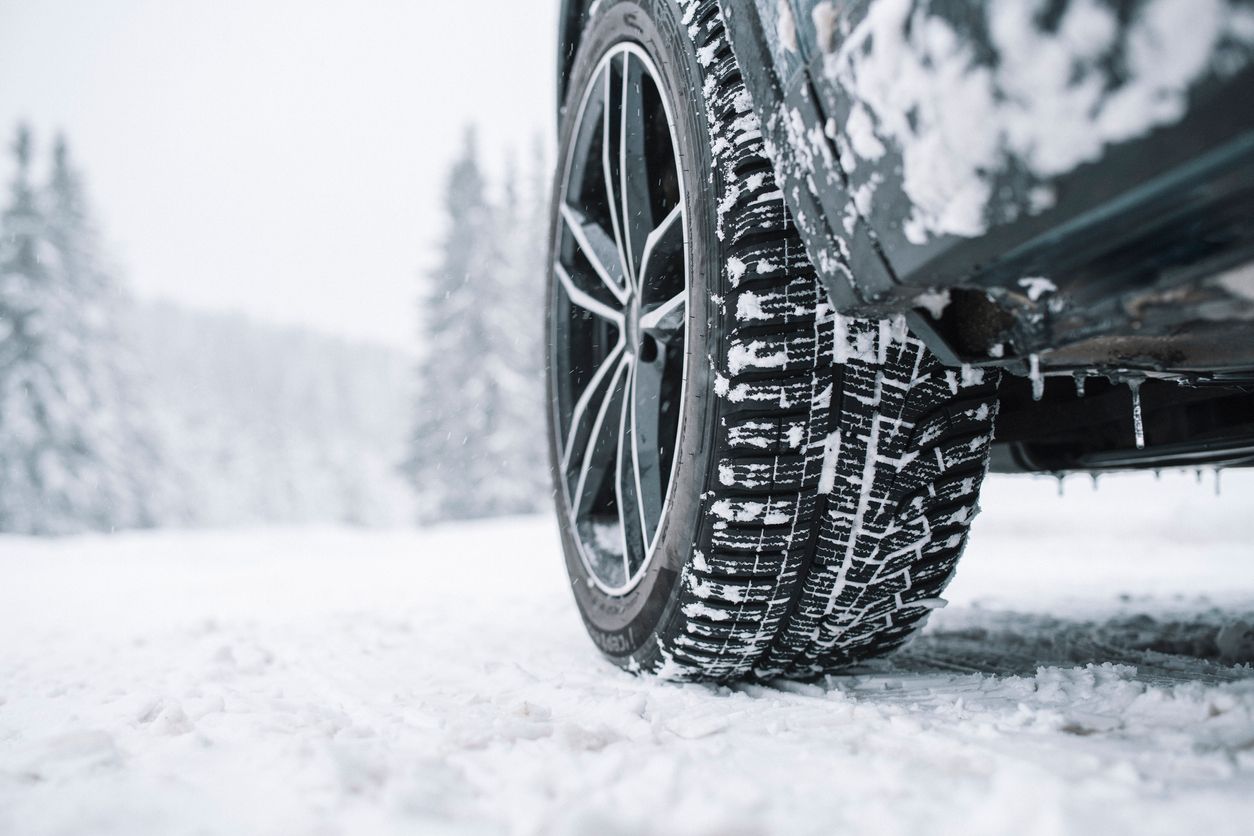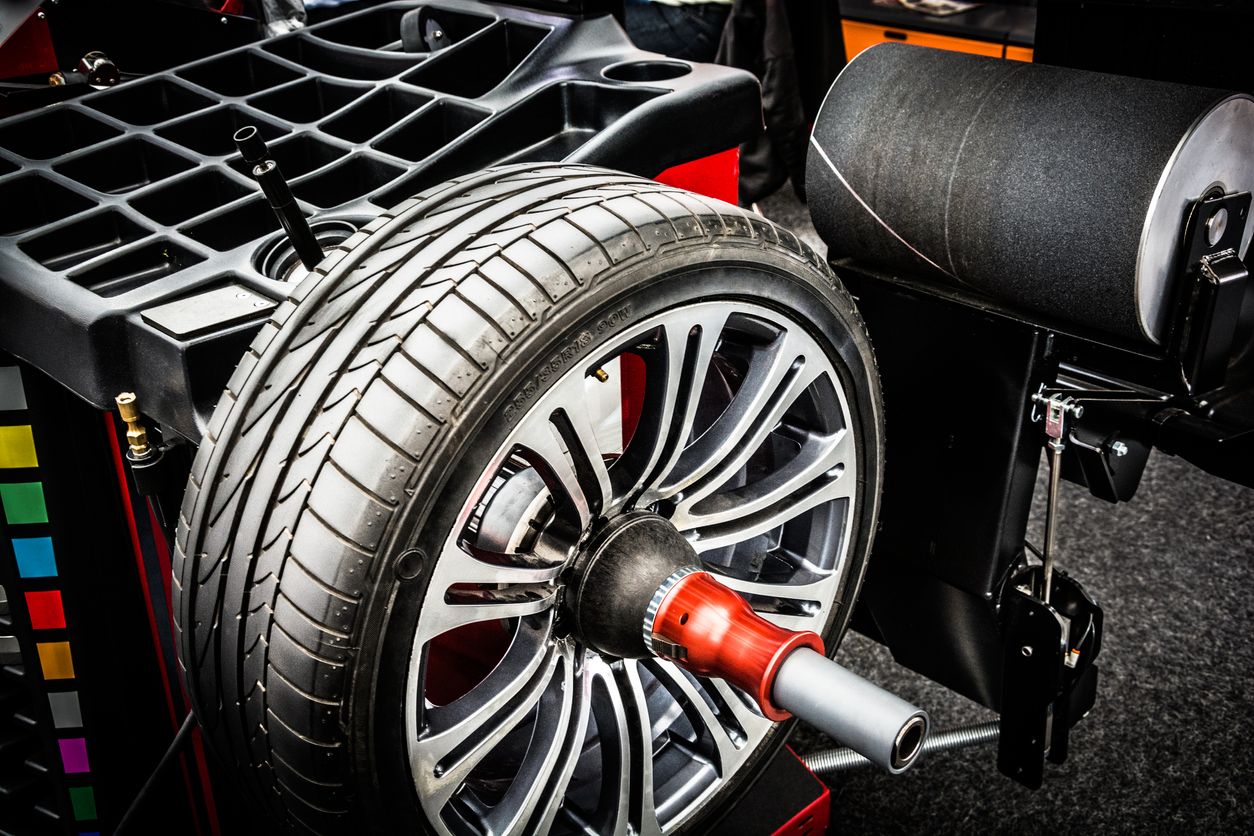Winter is a magical time, a time of wonder—but it may also leave you wondering what type of tires are the right choice for the season. Different patterns, compounds, and price points can make choosing the right winter tire difficult, so read on to learn what factors to consider when picking out tires for winter weather.
What Makes Winter Tires Special?
Tread Pattern and Depth
Compared to regular tires, winter tires are often designed with wider, deeper tread voids to help grab snow, eject it, and bring your tires closer to the road. Designated winter tires also feature aggressive tread patterns with intricate siping—tiny grooves that aid traction on wet and/or icy surfaces. The blocks of tread found on many winter tires also feature irregular edges that grip onto snow and ice.
Different Tire Compounds
Unlike all-season or summer tires, winter tires are designed to stay flexible even in freezing temperatures. However, while the softness of winter tires means they remain grippy in cold weather, it also means that they wear quicker in warmer weather since there isn’t any snow to reduce traction. As such, it is crucial that you swap out your winter tires for all-season or summer tires when the cold subsides.
How to Choose the Right Winter Tires for Your Vehicle
Get the correct tire size.
Generally, the wider the tire is, the better its traction will be—but in the snow, the opposite can be true. Where wide tires have a higher chance of floating on top of snow, narrower tires can help cut through snow to the road beneath. The latter gives your vehicle the best chance of maintaining traction in winter conditions. That said, when learning how to choose winter tire size, look for recommended options in your vehicle’s owner’s manual. Using an OEM size tire is generally the safest option.
Look for the three-peak mountain snowflake symbol.
Many all-season and all-terrain tires have an M+S symbol on them, which stands for mud and snow, but don’t let the “snow” portion deceive you. M+S rated tires are not the same as designated winter tires. Instead, look for the three-peak mountain snowflake symbol (3PMSF). Tires with this rating are meant to help maintain traction even in severe snow.
Don’t settle when it comes to safety.
We understand, the idea of spending money on tires for a specific season can be painful. You might be wondering if all-season tires can do the same job and save you money in the process. The short answer is no, though it really depends on the weather conditions in your location. If you live in an area that regularly gets below 45°F, a good set of winter tires can help ensure that your vehicle performs exactly how it should. After all, a good road trip means staying on the road.
Looking for a Fantastic Winter Tire?
Bridgestone Blizzak tires could be the right choice for you! Made out of an advanced Nanopro-Tech & RC Polymer with aggressive siping and optimized tread width, they help ensure that your vehicle maintains grip in cold, wet, slick winter conditions. To top it off, their Multicell® Compound helps remove water on icy roads to prevent dangerous hydroplaning situations.
Still not sure which winter tires are right for your ride? Our technicians can help. Stop by your nearest Firestone Complete Auto Care, and we'll help you make the best-informed decision for your ride. Schedule a tire appointment today!



